With the MK 120-5.1 E, Liebherr is launching a mobile construction crane that combines two requirements that were often separate until now: full performance and emission-free operation. Thanks to the new hybrid drive concept, the crane can be operated with a classic diesel engine or fully electrically. The operator can switch between the two drive types at any time, depending on where and how the crane is being used.
A key feature of the MK 120-5.1 E is its ability to operate completely “unplugged.” A powerful battery pack is mounted on the superstructure, which supplies the crane with all the energy it needs for around four to five hours – without a mains connection or external power supply. This battery capacity is sufficient for typical applications on construction sites and offers maximum independence. If you want to work electrically for longer, you can connect the crane to the regular power grid. Connections for 16 or 32 amps are available for this purpose. This enables continuous electric operation even during longer periods of use, such as in multi-shift operation.
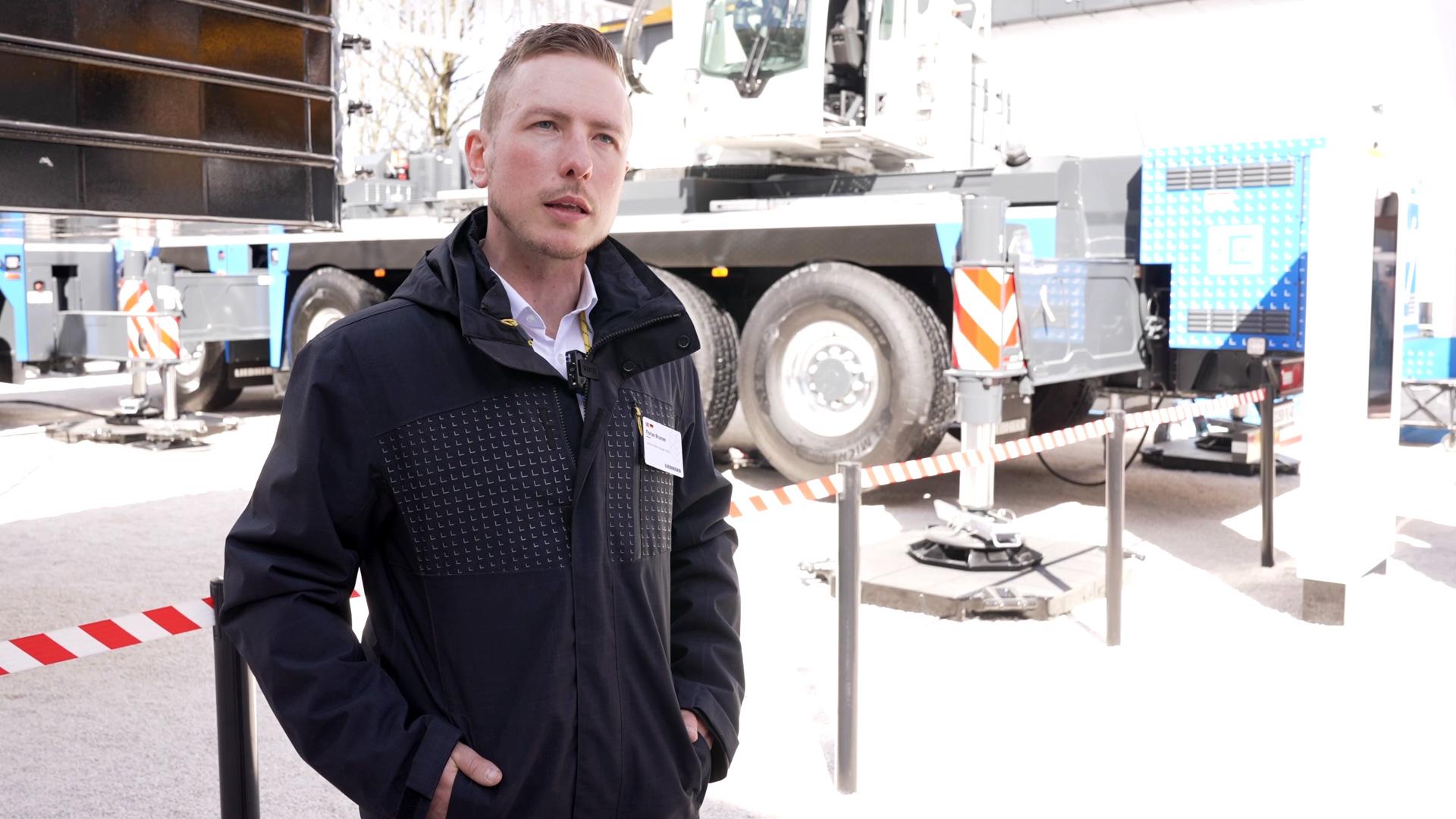
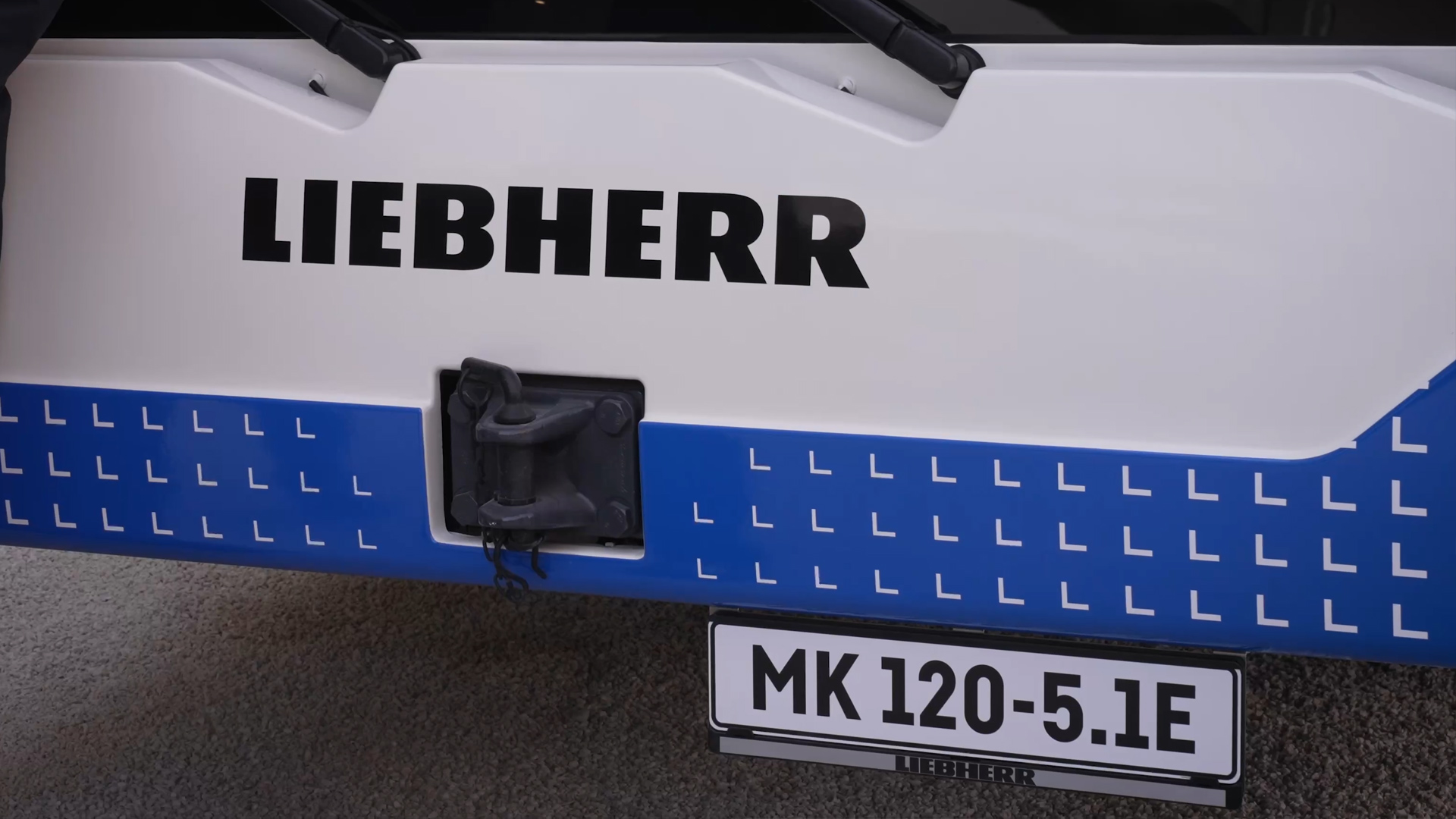
The big advantage is that the machine does not have to be permanently connected to a charging station. As soon as the battery is sufficiently charged, the entire construction site operation runs fully electrically. This is a considerable advantage, especially for construction sites without a permanent mains connection. The operator can actively control the energy flow and use the crane as required.
The decision as to whether the crane runs in diesel or electric mode is entirely up to the crane operator. This is made possible by the integration of the LICCON3 control system – a control concept from Liebherr that is consistently designed for user-friendliness and transparency. The drive mode is changed directly via a central touch display in the cab. There, the active drive can be selected with just a few keystrokes.
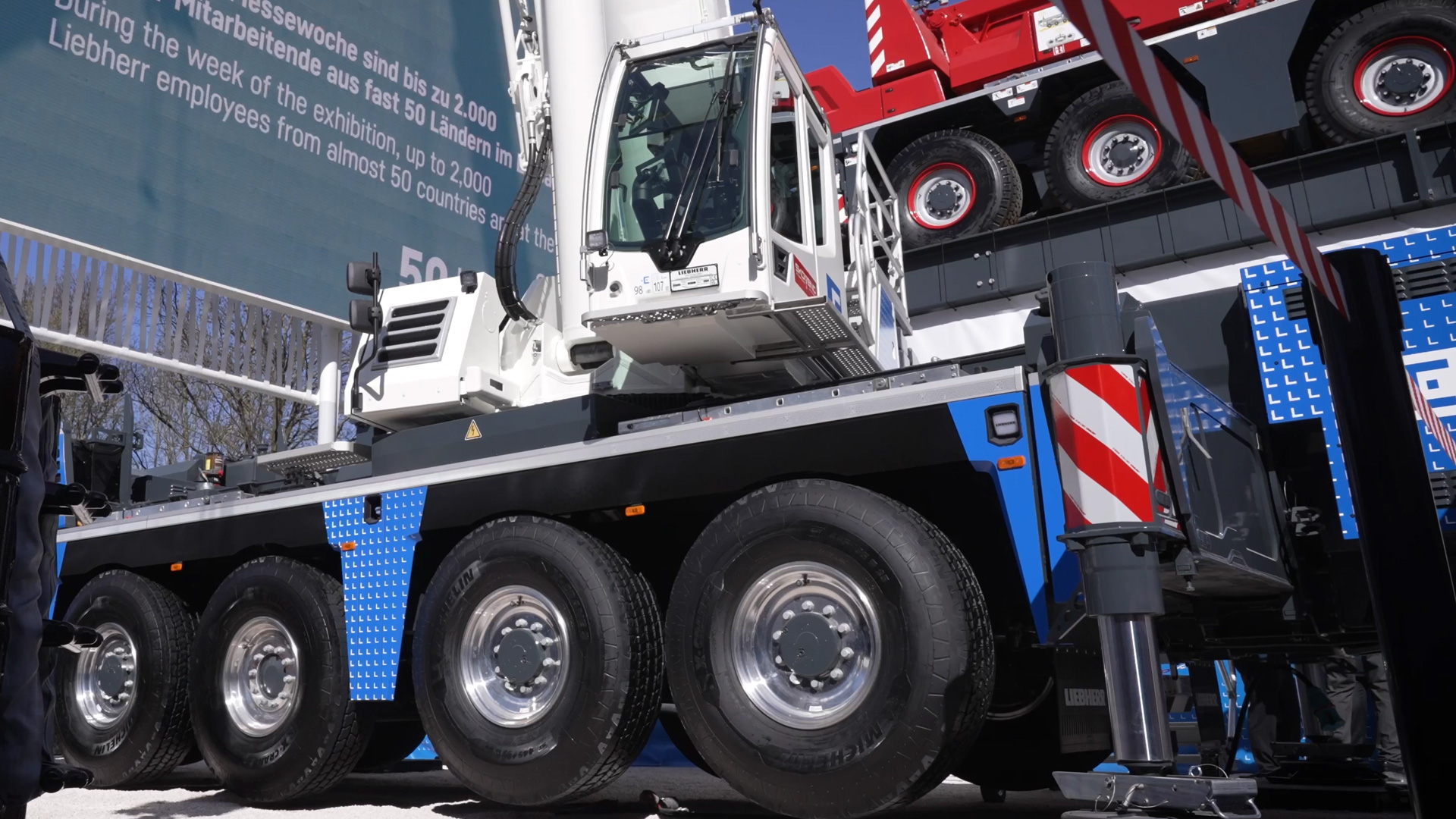
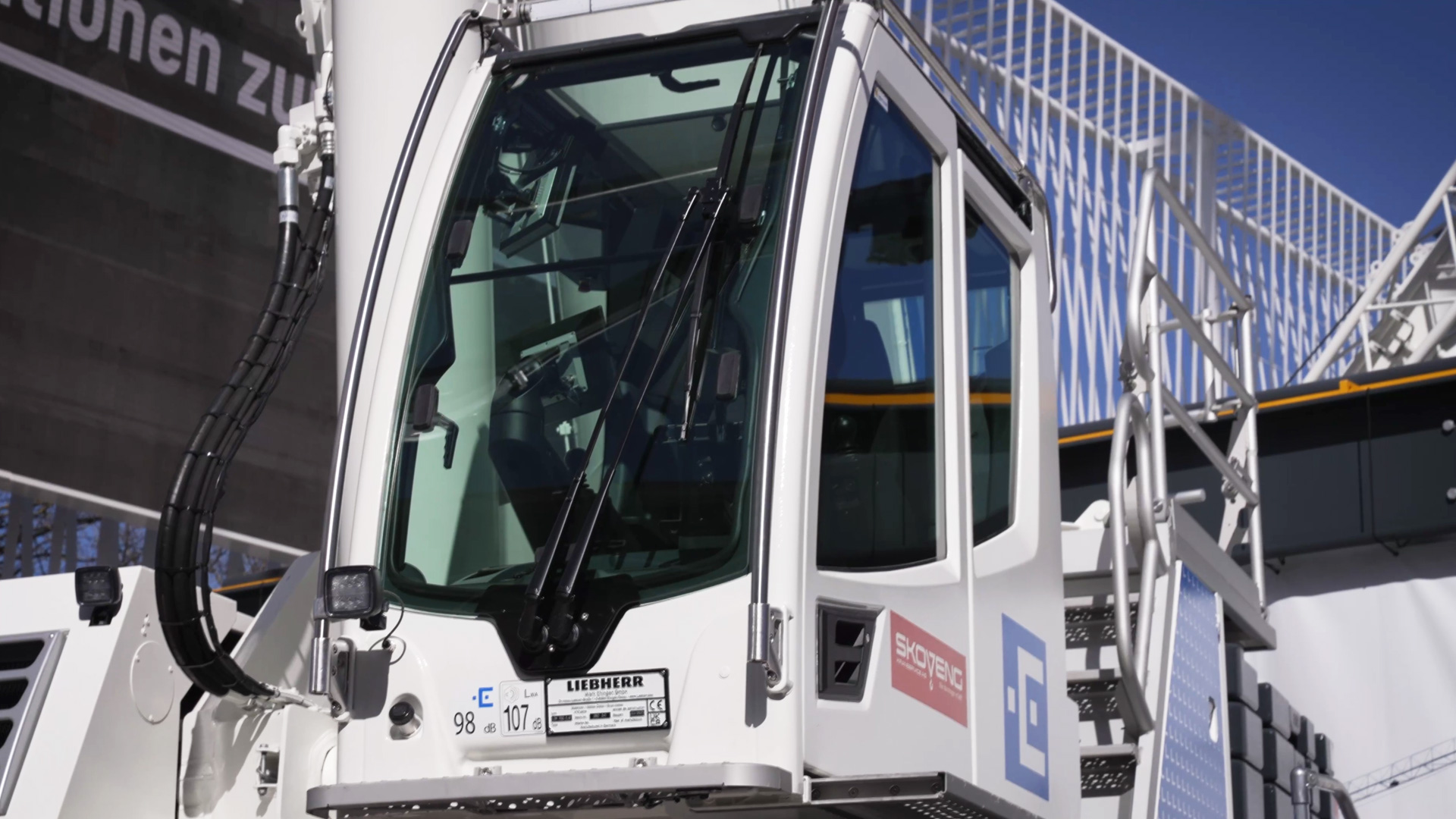
In practice, this means that the crane operator has full control. If the crane is to operate quietly and emission-free on the construction site, it is switched to electric mode. If the crane has to be moved to the next construction site, it is switched to the diesel engine. This flexible adaptation option significantly increases the range of applications. This flexibility is often crucial for operational readiness, especially in cities or on sensitive construction sites.
A common preconception about electrified construction machines concerns their performance in battery mode. With the MK 120-5.1 E, however, Liebherr has placed particular emphasis on ensuring that there are no restrictions on operation. Even in electric mode, all of the crane's functions are available to their full extent: Lifting, lowering, traveling – everything works at the usual speed. Even during the demonstration, the crane was not connected to the power grid and the diesel engine was not used – yet the machine still delivered full performance. The fact that the crane supplies itself with energy via the battery pack is hardly noticeable to the operator in everyday use.
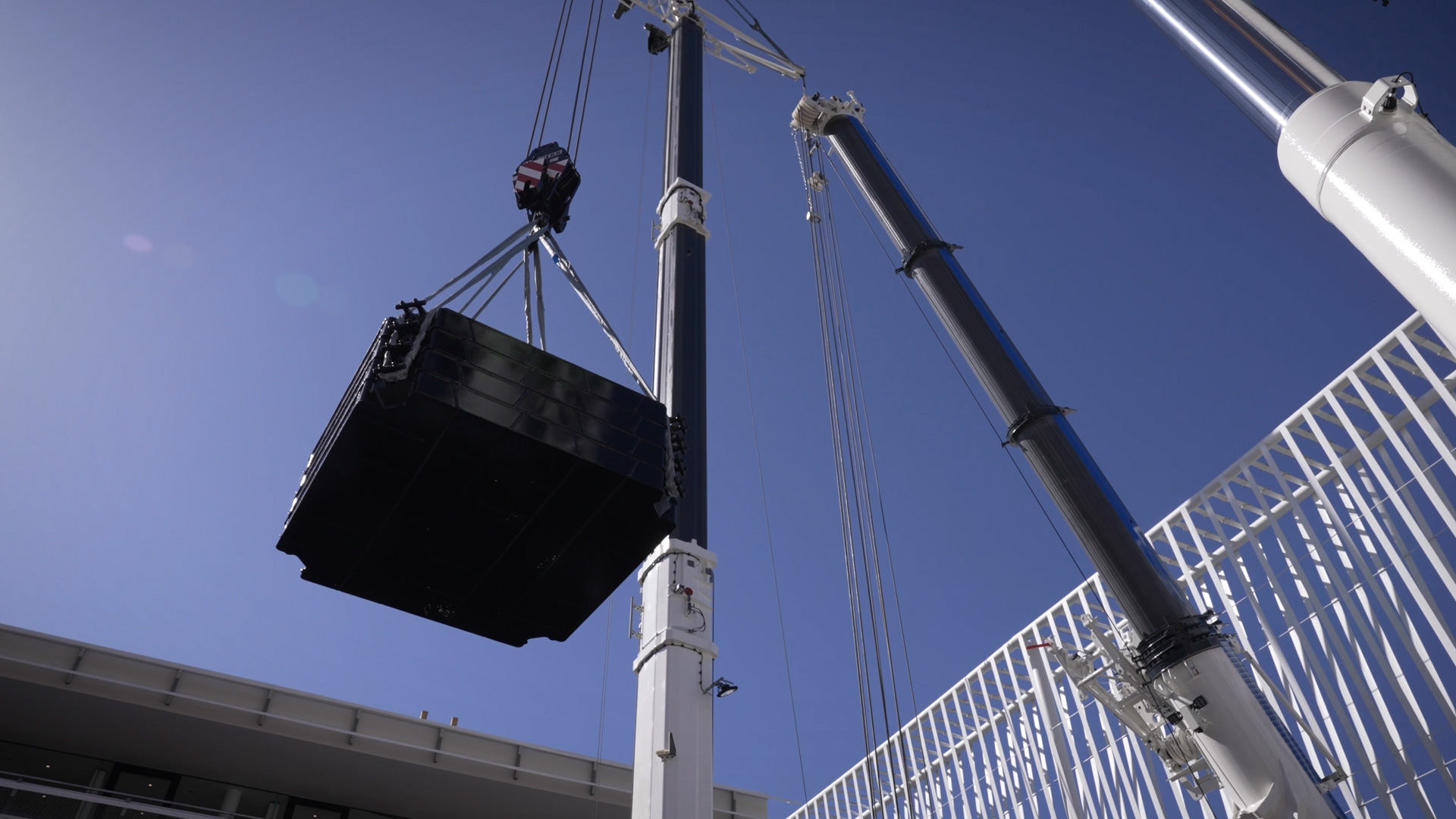
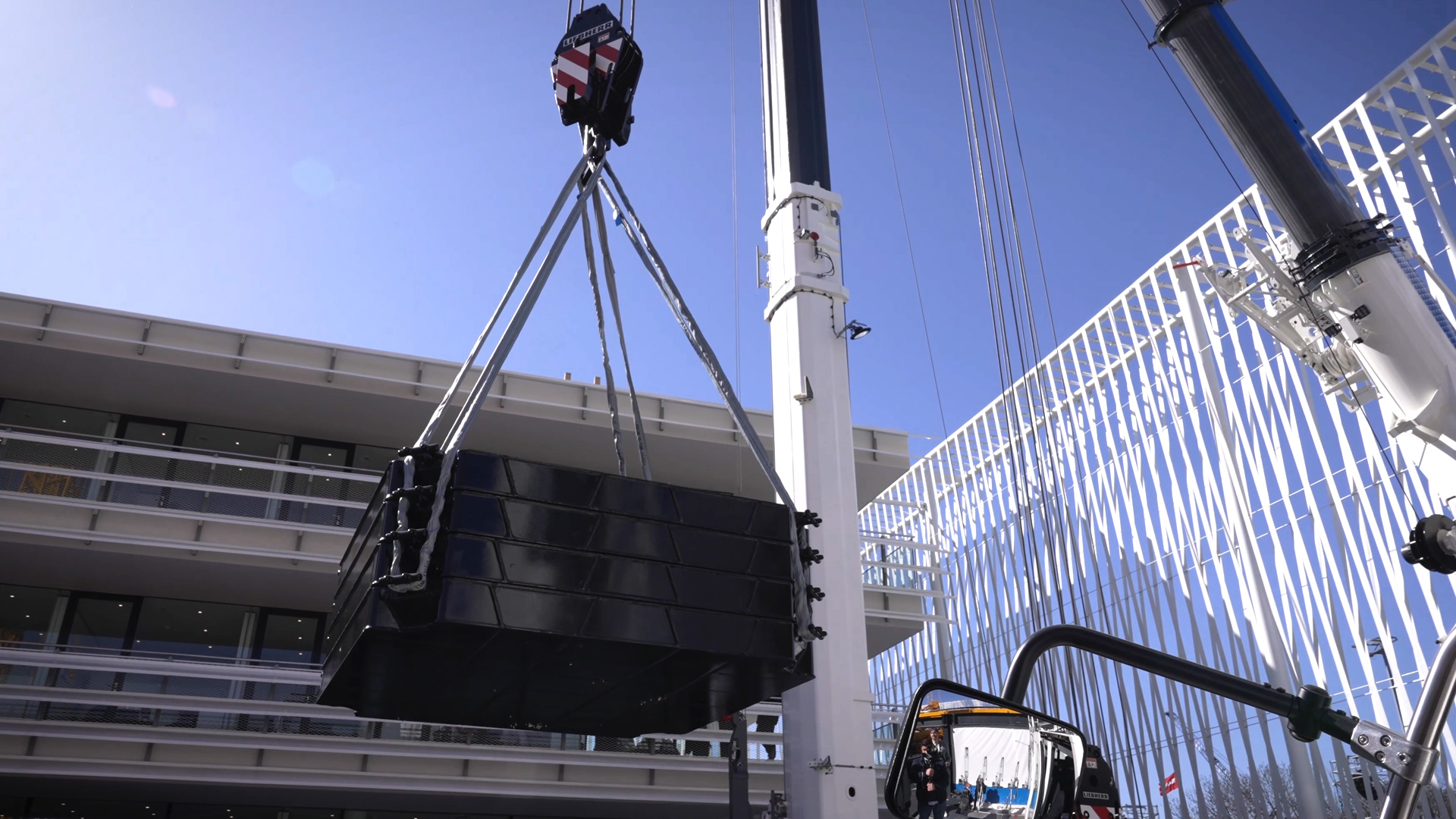
Despite the high performance of the electric system, road transport remains the task of the diesel engine. With a total weight of around 60 tons, the MK 120-5.1 E is not designed for purely electric driving on public roads. Battery systems still reach their physical limits here – both in terms of range and economy. Diesel drive therefore remains the technically sensible solution for public roads. On construction sites, however, electric operation can play to its strengths.
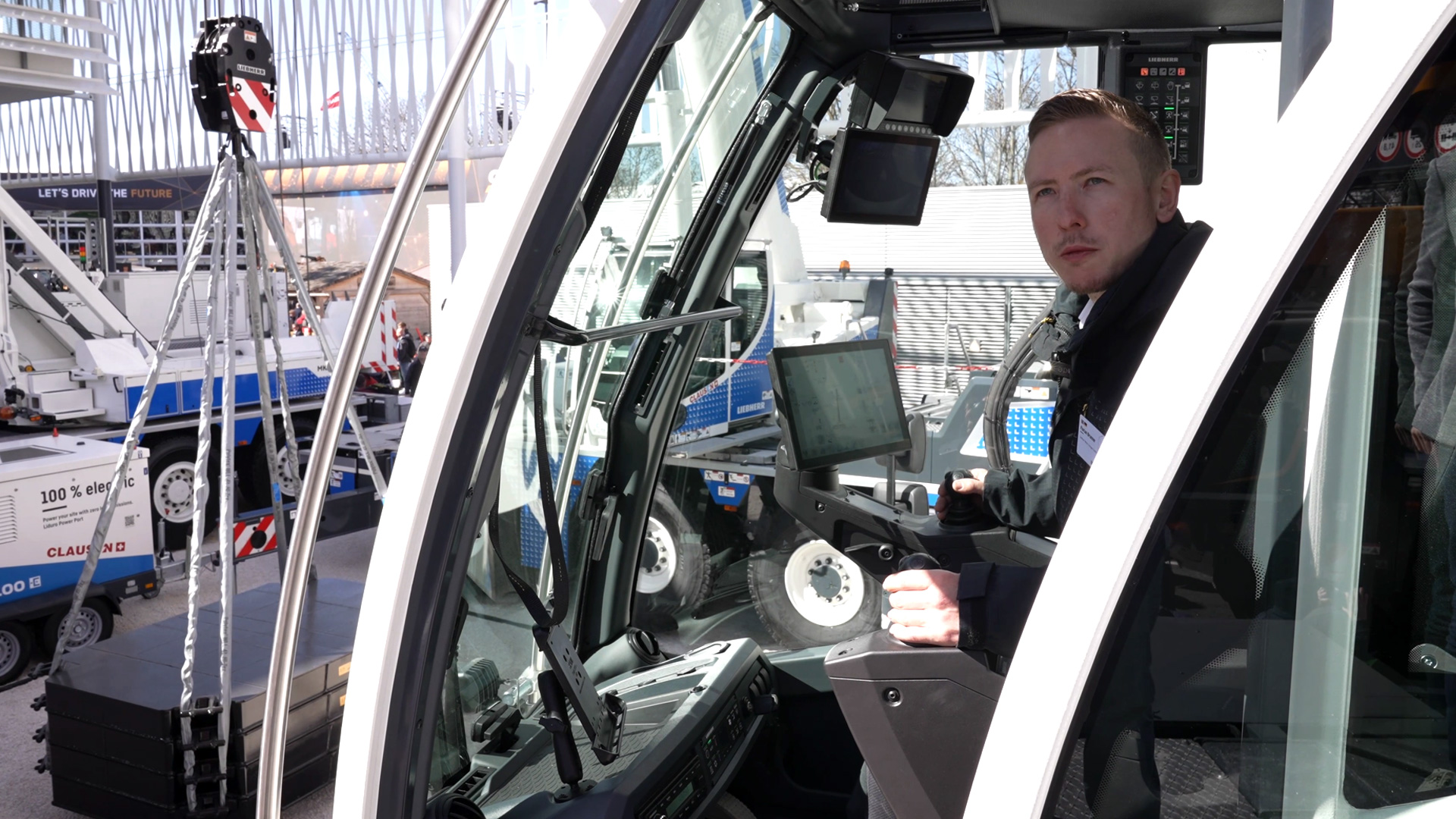
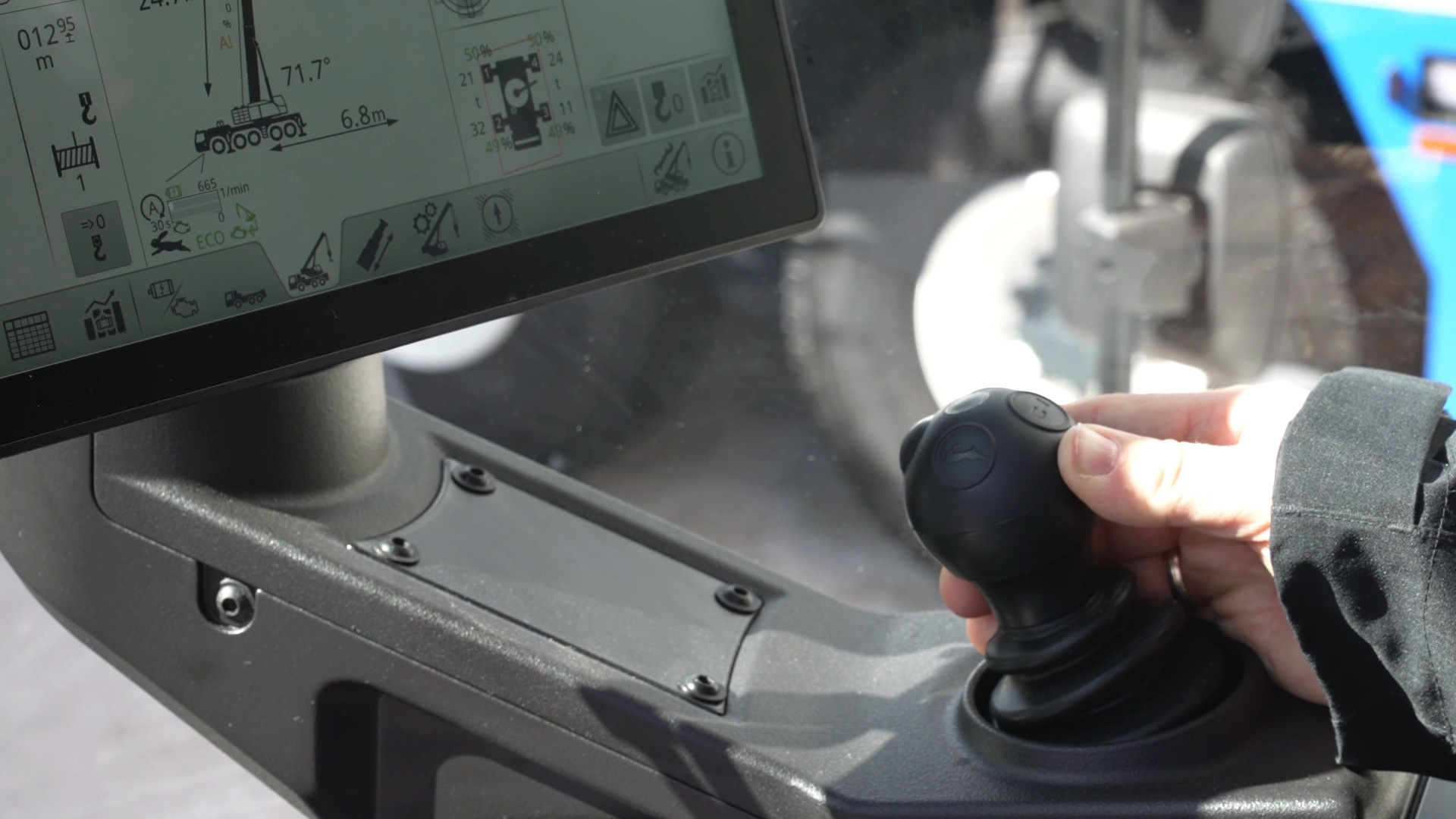
Another advantage of the electric drive is its significantly lower noise emission. During the demonstration, the crane was barely audible – even when lifting or lowering under load. This low noise level significantly expands the range of possible applications. In cities, during night work, or on construction sites close to residential areas, noise pollution is a key factor. The MK 120-5.1 E offers a solution that does not compromise on performance or ease of operation. Especially in regions where loud machines are prohibited at certain times of the day, the crane can also be operated at night – an advantage that should not be underestimated.
Demand for hybrid crane systems is rising noticeably, especially in countries with high environmental standards. In the Netherlands and Scandinavia, construction companies are already required to use emission-free machines in some cases. In other cases, there are financial incentives or tender requirements that favor machines with alternative drive concepts. Liebherr is seeing growing interest in the MK 120-5.1 E, particularly from these regions. But there is also a growing awareness of quiet and clean machines in Asian metropolitan areas. There, for example, low-noise operation allows the crane to be used during the night – a clear competitive advantage.
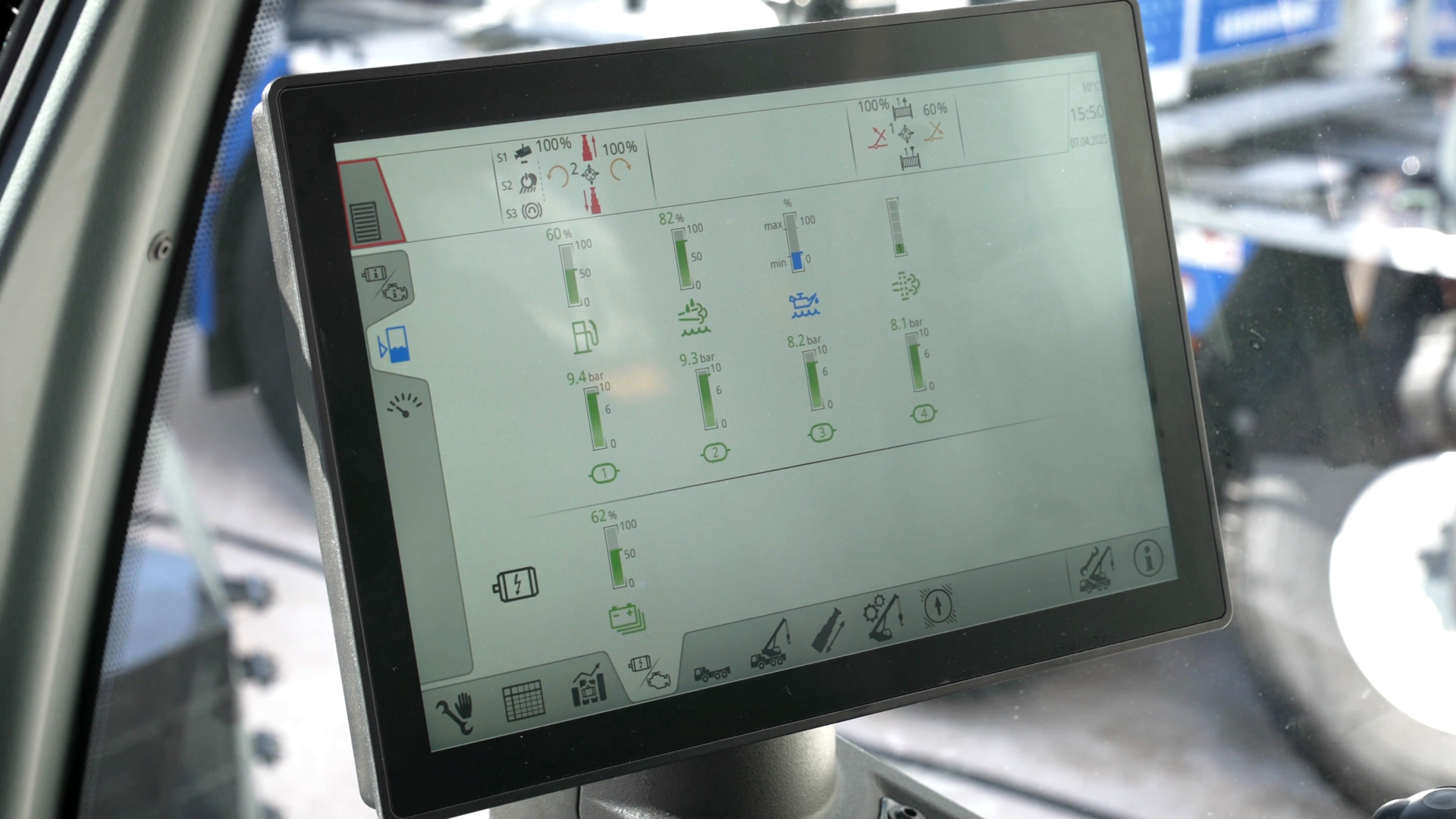
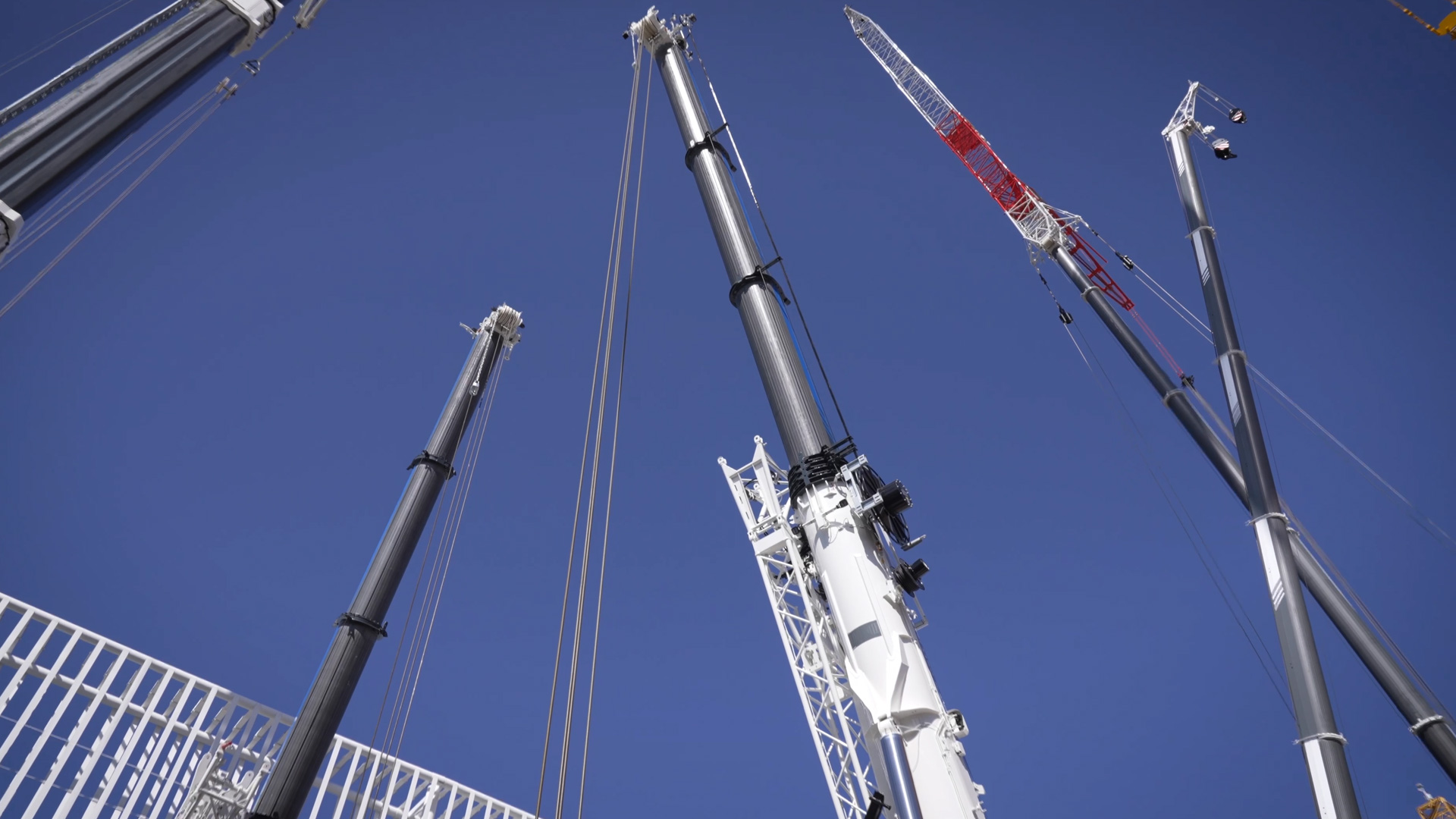
One argument in favor of the MK 120-5.1 E is not only its environmental friendliness, but also its economic efficiency. Customers are already reporting significantly higher rental rates – in some cases 50% more than for conventional diesel cranes. This can be attributed to the combination of zero emissions, quiet operation, and high flexibility of use. Those who rent out the crane regularly or use it frequently can offset the higher purchase price in the medium term through these additional revenues. With several deployments per week and an annual utilization rate of around 200 working days, this adds up to a considerable sum. From the operator's point of view, the investment is therefore not only ecologically sensible, but also economically viable.
Liebherr is consistently advancing electric mobility in crane systems. The MK 120-5.1 E opens up the next weight class. Whereas the focus was previously on a 50-ton electric three-axle crane, the new model significantly expands the possibilities. The MK 120-5.1 E is a five-axle mobile construction crane with a lifting capacity of 150 tons – a size that proves that electric mobility also works in the heavy-duty sector. The scalability of the concept clearly shows that Liebherr is committed to long-term solutions – not only for special applications, but also for widespread use on demanding construction sites.